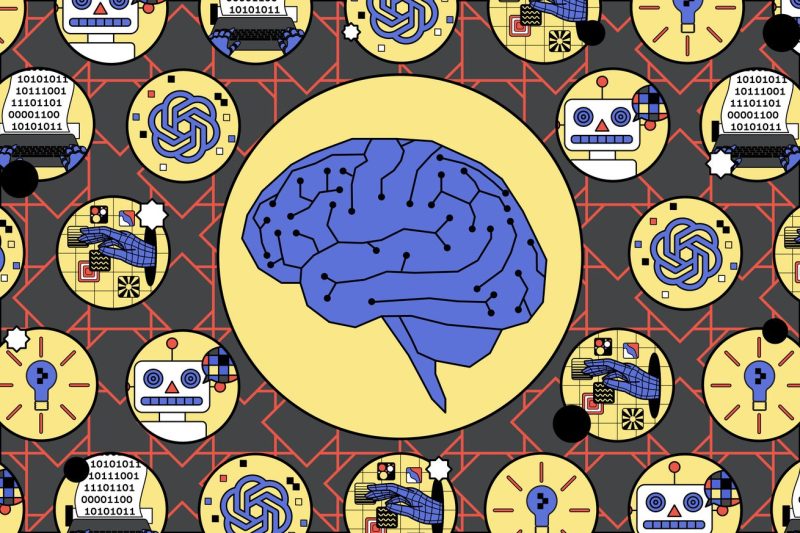In a world where artificial intelligence (AI) is becoming increasingly prevalent, it is crucial to address the potential dangers associated with its development and deployment. One pressing issue that often goes unnoticed is AI hallucinations, a problem that demands urgent attention to prevent unforeseen consequences.
AI hallucinations refer to the phenomenon in which AI systems generate or experience illusions or false perceptions that can significantly impact their decision-making processes. This raises concerns about the reliability and safety of AI technology in various applications, including autonomous vehicles, healthcare systems, and financial services. Ignoring AI hallucinations can have severe repercussions, leading to accidents, misinformation, and even ethical dilemmas.
One of the primary reasons behind AI hallucinations is the complexity of neural networks and the algorithms that govern them. As AI systems become more advanced and sophisticated, they can sometimes misinterpret data or patterns, leading to erroneous outputs. These hallucinations can occur due to various factors, including biased training data, algorithmic errors, or unexpected interactions within the system.
To address the issue of AI hallucinations effectively, researchers and developers must prioritize transparency and accountability in AI development. Implementing robust testing and validation processes can help identify and mitigate potential hallucination risks before AI systems are deployed in real-world scenarios. Additionally, ongoing monitoring and feedback mechanisms are essential to detect and correct hallucinations as they arise.
Another crucial aspect of combating AI hallucinations is fostering interdisciplinary collaboration among experts in AI research, psychology, and ethics. By drawing insights from diverse fields, stakeholders can gain a comprehensive understanding of the underlying causes of AI hallucinations and devise practical solutions to address them. Ethical frameworks and guidelines should also be established to ensure that AI systems adhere to fundamental principles such as fairness, transparency, and accountability.
Moreover, promoting public awareness and education on the implications of AI hallucinations is essential to engage society in discussions surrounding AI ethics and safety. By empowering individuals to understand the potential risks associated with AI technology, we can collectively work towards creating a more responsible and sustainable AI ecosystem.
In conclusion, the issue of AI hallucinations is a critical concern that demands immediate action and collaboration across various sectors. By acknowledging and addressing the risks associated with AI hallucinations, we can pave the way for the responsible and ethical development of AI technology that benefits society as a whole. It is imperative that we do not ignore the challenges posed by AI hallucinations and instead work towards creating a future where AI systems operate reliably and safely.

